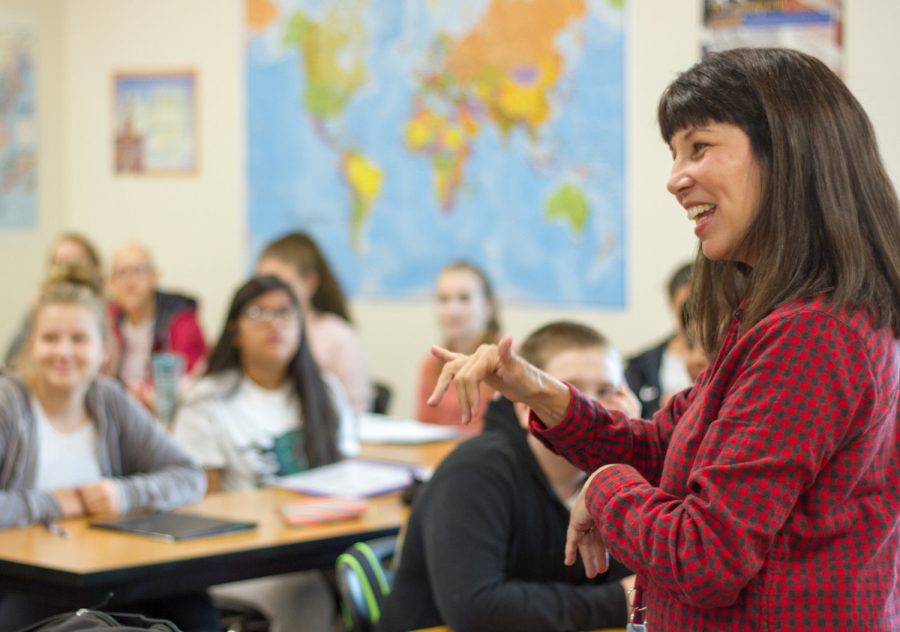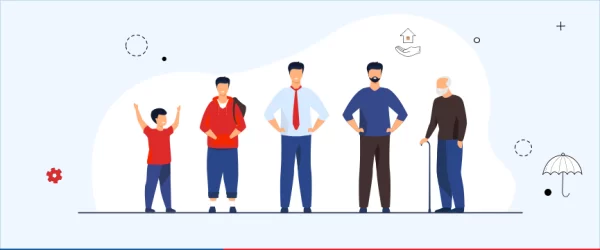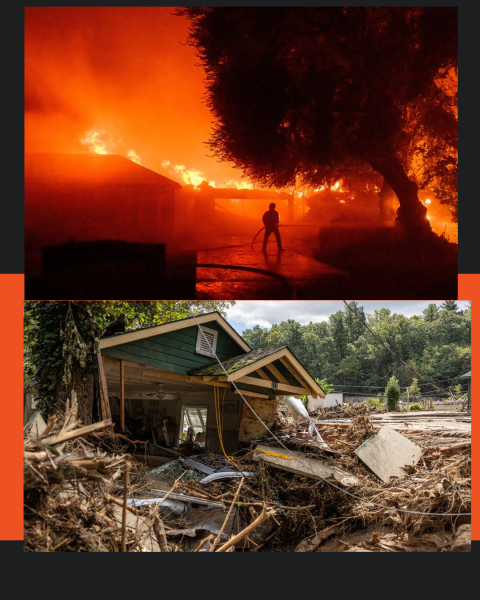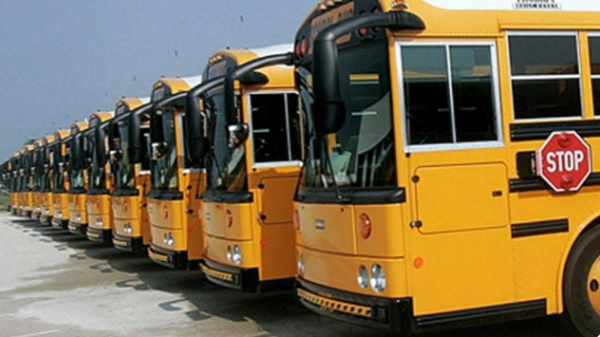Few schools offer American Sign Language as a course
While some people who are deaf or hard-of-hearing can still speak and read lips, many are mute and require another form of communication, such as American Sign Language (ASL).
“American Sign Language (ASL) is a complete, natural language that has the same linguistic properties as spoken languages, with grammar that differs from English,” explains the National Institute on Deafness and Other Communication Disorders. “ASL is expressed by movements of the hands and face.” It is important for people who use ASL to express their emotions through their faces because tone cannot be implied through hand gestures.
It’s not just beneficial for those with the disability to learn ASL, but also for those who are able and who know people who use ASL. “Learning a second language is good for your brain, it’s also a great way to expand your communication skills,” reports Healthy Hearing, a platform designed for those with deafness to find resources. “This is especially true for American sign language, which is the fifth most-used language in the U.S.”
Knowing how common ASL is, many believe that schools should offer as language course to students as it can help them personally. According to Olympic Heights guidance counselor Ms. Amanda Gillan, OH does not currently offer ASL as a language option. Two years of the same foreign language is a graduation requirement for all students.
While students can use videos and apps to learn the language like others, there is an educational difference. ASL is not an easy language to learn being that there is no verbal aspect, and not all instructors use proper sign language. For example, many interpreters in Florida have been proven as frauds. This further proves just how important it is to teach proper ASL in schools.
A database composed of information on ASL states, “In 1986, only 1% of American High Schools offered American Sign Language classes as a foreign language credit.” Although the percentage is higher now, the site specifies that only about 1,000 schools nationwide offer ASL to students, out of about 131,000 schools in total.
Making the problem worse, some schools that have deaf and hard-of-hearing students refuse to use sign language. When teachers have these types of disabled students and refuse to teach with ASL they commit acts of ableism, favoring a group of people that they deem to be more able.












Isaac tawiah • Aug 8, 2024 at 1:44 pm
I want to study American sign language
Yes am serious
Julia Fertig • Aug 26, 2024 at 1:48 am
Hello Isaac,
My name is Julia. As a retired sign language teacher and certified interpreter, I am pleased to offer virtual ASL lessons. My mission is to provide convenient and affordable access to ASL education. My schedule is flexible, and lessons can be scheduled at your convenience. Learn from the comfort of your own home, on your own schedule, and at your own pace.
If you are interested in scheduling ASL Lessons, call or text at 615-944-3437
I look forward to hearing from you soon.